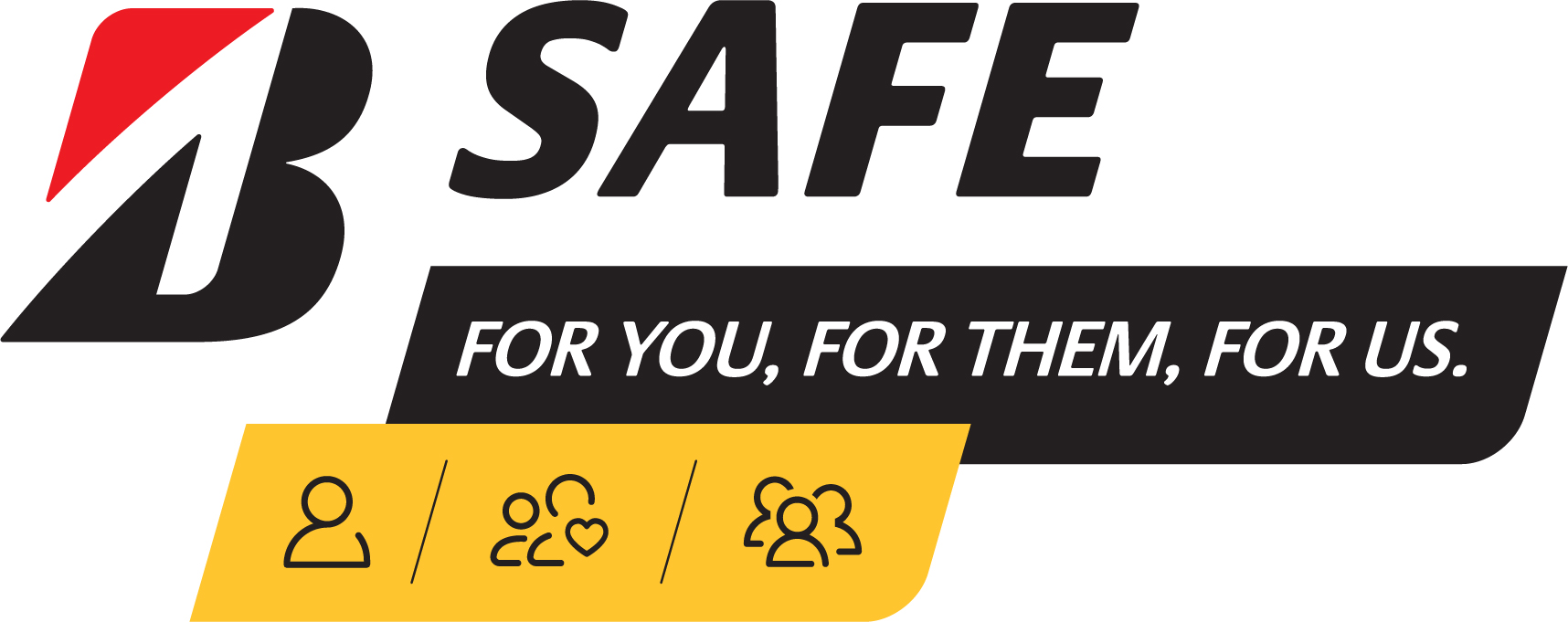Title Page
-
Work Unit
-
Position
-
Name
-
Conducted on
-
Prepared by
-
Reason for Assessment
- Proactive or New station set-up
- Reactive - Response to a complaint
-
Details
-
Given ergonomic handbook?
Personal Factors
-
Gender
-
Handed
Job Task Factors
-
Hours worked each week
-
Overtime
-
Details
-
Takes regular scheduled breaks (Lunch, Coffee)
-
Gets up from desk during breaks
-
Will sit for ___ before getting up
-
Phone call frequency
-
Has Headset
-
Uses Headset
-
Comments
Workplace Factors
-
Used by
-
Configuration
-
Layout
-
Ample space for tasks, equipment and storage
-
Ability to move freely without running into items stored under desk
-
Tasks arranged efficiently
-
Comments
Chair
-
Model/Description
-
Photo of Chair
-
Adjustments fully operational
-
Individual finds chair comfortable
-
Two to three fingers between calves and seat pan edge
-
Changes to Seatpan
-
Height
-
Angle
-
Depth
-
Changes to Armrests
-
Height
-
Width
-
Depth
-
Armrests fit individual
-
Armrests do not interfere with workstation
-
Changes to Backrest
-
Lumbar
-
Height
-
Angle
-
Comments
Keyboard and Mouse
-
Work Surface
-
Height
-
Surface Height
-
Tray Height
-
Mouse and Keyboard on same surface, ample space for both
-
Positioned in line with monitor
-
Comments
Monitor
-
Number
-
Use of each monitor (%)
-
Widescreen
-
Height Adjustable
-
Height
-
Depth
-
Angle
-
Comments
Lighting, Noise, HVAC
-
Comments
Accessories Required
-
Footrest
-
Headset
-
Keyboard Palm Support
-
Mouse Palm Support
-
Adjustable Keyboard Platform
-
Alternate Keyboard
-
Alternate Mouse
-
Monitor Riser
-
Document Holder
-
Task Lighting
-
Chair
-
Details
-
Other
-
Details
-
Additional Comments
-
Completed by
-
Photos (as required)












